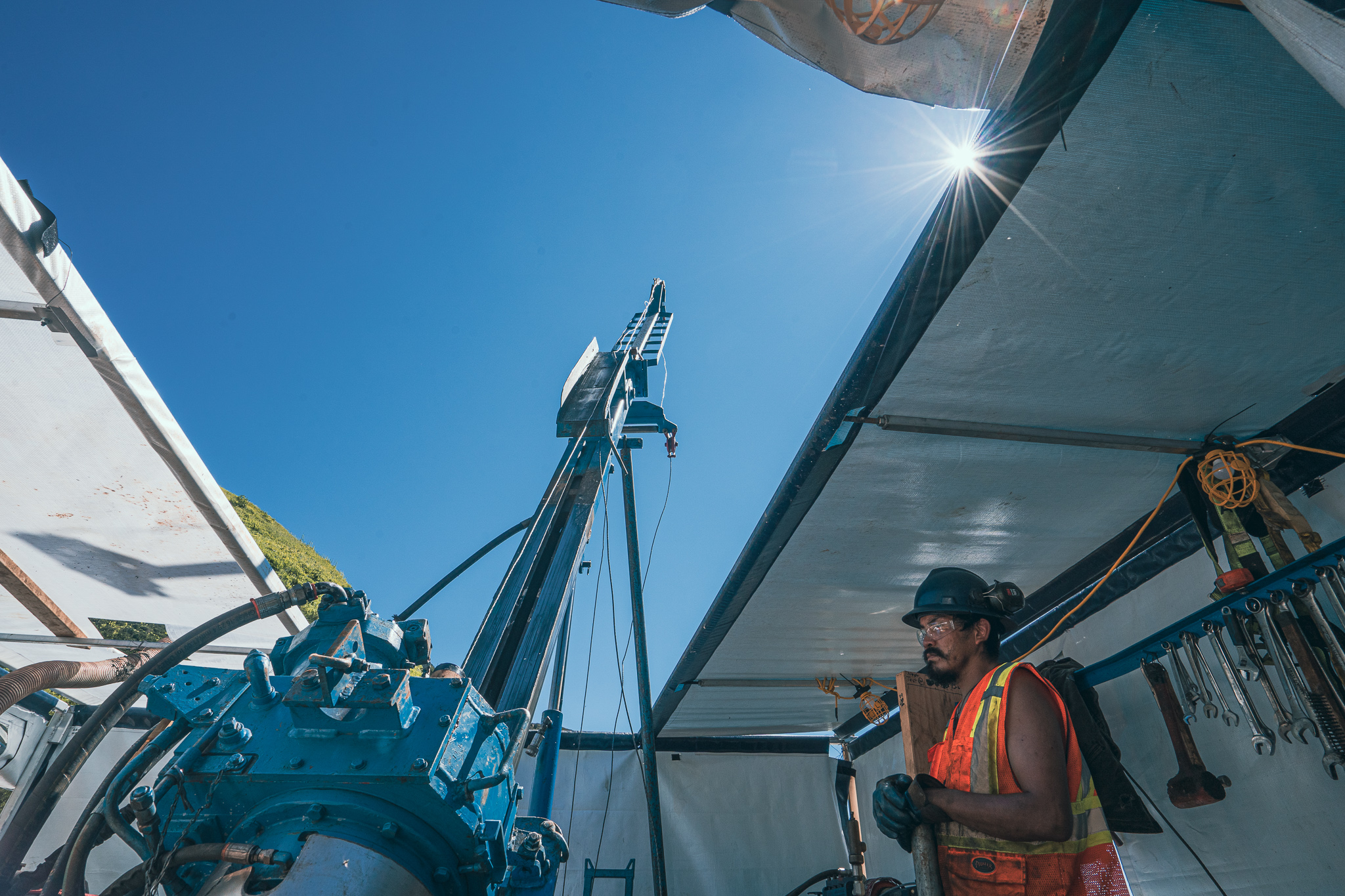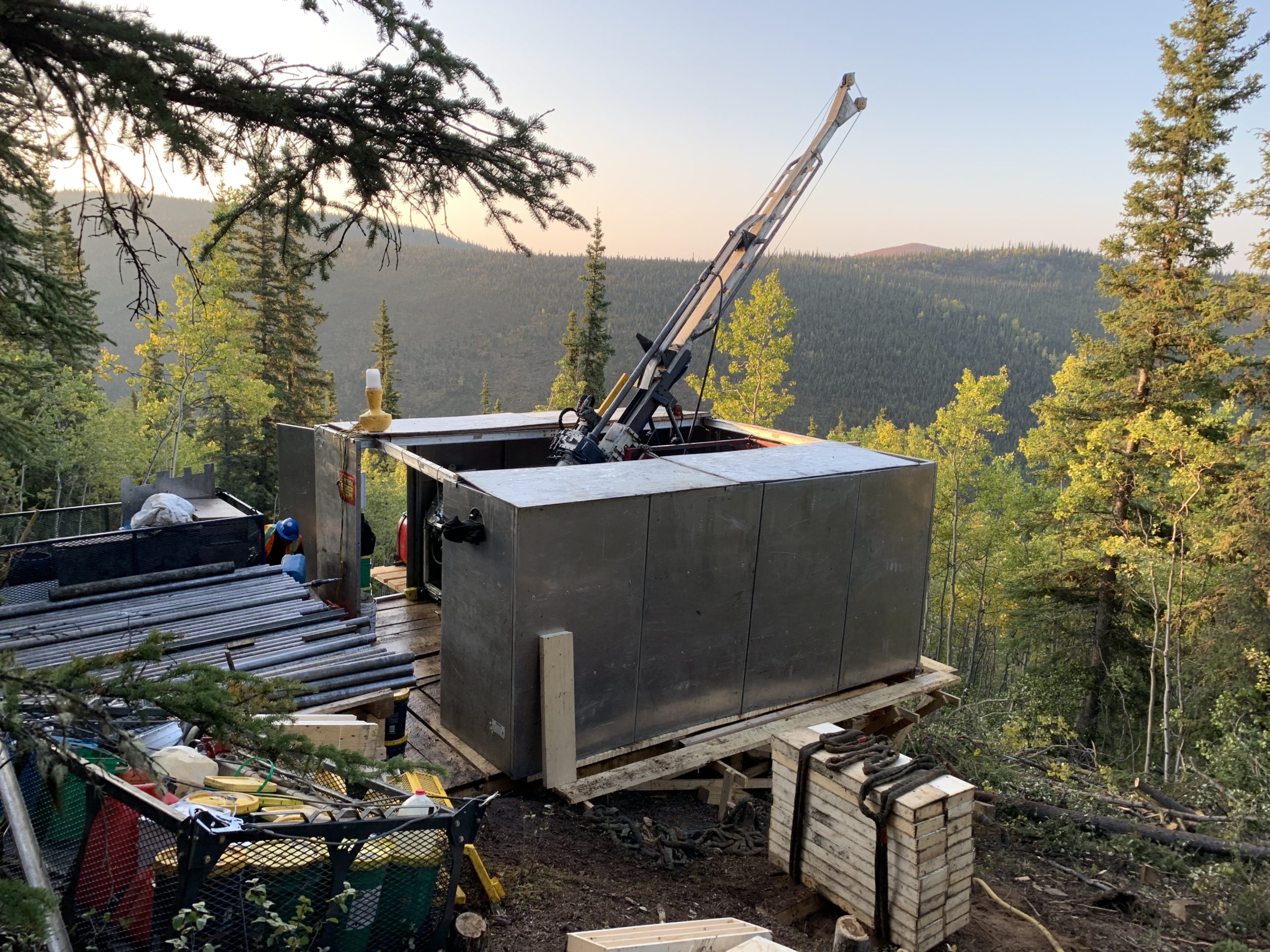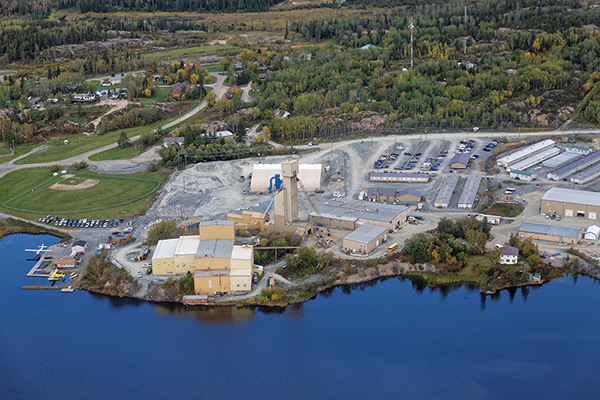Robust Effort!
Mottos are usually just a string of catchy words created to inspire people to do their best. Lord Baden-Powell told and trained the Boy Scouts to “Be Prepared,” Nike says “Just Do It,” Ford insists “Quality is Job One,” and even the Toronto Maple Leafs still say “We Beleaf,” but outside of those few examples, there aren’t too many other mottos that come to mind.
Certainly in the mining industry there aren’t many at all other than, perhaps: “If it isn’t grown, it’s mined.” But, like everything else in life, there are exceptions and Northgate Minerals happens to be one of them. Its motto: “Bringing Value to the Surface” is one that not only describes its business philosophy, but also describes its corporate approach to training and bringing the best out of its people.
Some may think that a motto is just a collection of words, but at Northgate its motto is meant to inspire and cultivate a strong work culture to achieve its goals. Those words mentioned above are almost “gospel” because they’re posted everywhere to remind everyone what the company is all about.
Indeed, Northgate has certainly brought value to the surface. Its former flagship operation, the Kemess South mine in north-central British Columbia, produced its final ounce of gold earlier this year, an end to a fruitful journey that saw production close to three million ounces of gold and 700 million pounds of copper.
Northgate is now focusing on building its new cornerstone asset, the Young-Davidson mine, located beside the town of Matachewan, about 60 km west of Kirkland Lake. Like Kemess South, the same culture of bringing value to the surface has been instilled – there’s a huge sign hanging over the main portal with the motto spelled out in bold letters. Underneath the motto on that same sign are four other important words: “Working Smarter, Working Safer” that also describe the company.
Like most mining companies, safety is a top priority at Northgate as the company seeks to be among the safest mine operators in each of the jurisdictions it operates. This was demonstrated at Young-Davidson, as the site operated over 1,200 days without a single lost-time incident from 2006 to 2010. As construction activities ramp up, safety has never been more prevalent. There are already hundreds of workers both above and below ground, working at a robust pace to get the mine ready to power up for its first gold pour early next year.
Considering that Northgate just started mine construction on the site in August 2010, that’s a remarkable achievement, involving hundreds of contractors and workers teaming together to make it happen. The company continually provides safety training programs for the protection of its employees, which it knows is critical for the success of the operation.
As most of the mining community knows, the site of the new Young-Davidson mine is not a new discovery because, in fact, it dates back to the 1930s when there were two mines (Young-Davidson and Matachewan Consolidated) on the site that produced more than one million ounces of gold from the mid 1930s to the mid 1950s.
Located in the gold-rich Abitibi belt of northern Ontario, Northgate acquired the property in 2005 for a purchase price of $18 million. At the time, the property contained an inferred resource of about one million ounces. Northgate commenced an aggressive exploration program in early 2006 with the goal of doubling the resource base. In two and half years, the company outlined a resource of four million ounces of gold, which has been converted into 2.8 million ounces of proven and probable reserves. Currently, this is considered to be the 6th largest gold reserve in Canada.
To date, Northgate Minerals has already invested more than $130 million towards the construction of the mine. With an initial capital cost of $377 million, Northgate is fully funded to complete construction over the next 10 months. Between now and the start-up of the mine, capital spending is expected to peak at the $1-million per day range as the site ramps up construction activities this summer, accommodating approximately 600 workers on site. The total operating and capital cost during the 15-year life of the mine is expected to be $1.5 billion.
As can be seen in the adjacent photos, a great deal of the money is being invested in the construction of new buildings and infrastructure. More than $83 million is being invested in infrastructure work alone including the construction of a 115 kV power line to energize the entire site by the fourth quarter, on-site roads, the re-alignment of a highway and construction of the tailings impoundment area.
A new hoist has already been commissioned to work the mine’s existing shaft, while reaming of a second 5.5-m-diameter shaft has already gone beyond 440 m. Earlier this spring, the erection of the mill building commenced and is scheduled for completion in June.
Underground, the development rate is now averaging almost 14 metres per day and the ramp has been extended to an approximate length of 4,200 m. The vertical depth of the ramp is almost halfway to its target of 1,500 m, which will be completed over the next 30 months.
Also underground, work is well underway as crews continue definition drilling for stope design.
The stopes will be large and productive – some stopes will be over one million tonnes (about the size of a downtown Toronto office building), and will be mostly mined using longhole shrinkage and sublevel caving mining methods.
In addition to major underground and surface construction activities, Northgate continues to focus on an extensive exploration campaign. The mine’s gold deposit remains open in three directions: to the west, east and down dip. Geophysical surveys consisting of various forms of induced polarization (IP), gravity and airborne magnetics have been completed over select portions of the property and with high-ranking targets set on the west and east flanks of the currently known deposit.
Exploration efforts in 2010 have resulted in the discovery of the YD (Young-Davidson) West Zone immediately adjacent to the current reserves, where hole YD10-198 returned one of the best intercepts ever drilled on the property of 3.46 g/t gold over 79.5 m.
Hole YD10-198A, located approximately 60 m west and below discovery hole YD10-198, returned 6.16 g/t uncut over 21.3 m (estimated 14.2 m true thickness) and hole YD10-234, located about 50 m east and slightly below hole YD10-198, returned 4.37 g/t gold over 17.8 m (estimated 9.5 m true thickness).
Northgate geologists hope to move at least some of the YD West mineralization into an Inferred Resource category by the end of 2011.
Following the success of last year’s exploration at the mine, the company will continue with its diamond drill campaign in 2011 with approximately 10,000 m of drilling planned to extend the YD West Zone and delineating additional resources. With the current data, the Zone appears to have a minimum strike length of about 200 m, measures 175 m long along dip and averages 20 m in true thickness.
In addition to the west, Northgate is also focusing its exploration efforts to the east of the current deposit, where another gold zone was discovered in 2009. The discovery was made when two geotechnical/condemnation holes were drilled in the location of the proposed shaft (to make sure there was no ore in the proposed shaft area). A nice surprise, the two holes intersected a zone of syenite-hosted mineralization.
A $3.6-million exploration budget has been set with two surface drills and one underground on the property this year. The two surface drills are focusing on the YD West Zone while the underground drill will follow-up with the discovery to the east of the deposit.
The next 12 months are set to be a watershed year for Northgate as the company looks to build its newest gold mine in northern Ontario. Production in the fi
rst two years will come from a small open pit before the operation moves underground over the next 13 years. Average annual production over the 15-year mine-life, defined by its current proven and probable reserve base, is expected to be 180,000 ounces of gold. But, with the recent gold discoveries on the property and other exploration potential, the company expects that it will ultimately increase annual production or extend the mine-life.
Just another example of how the company will continue to bring value to the surface.





Comments